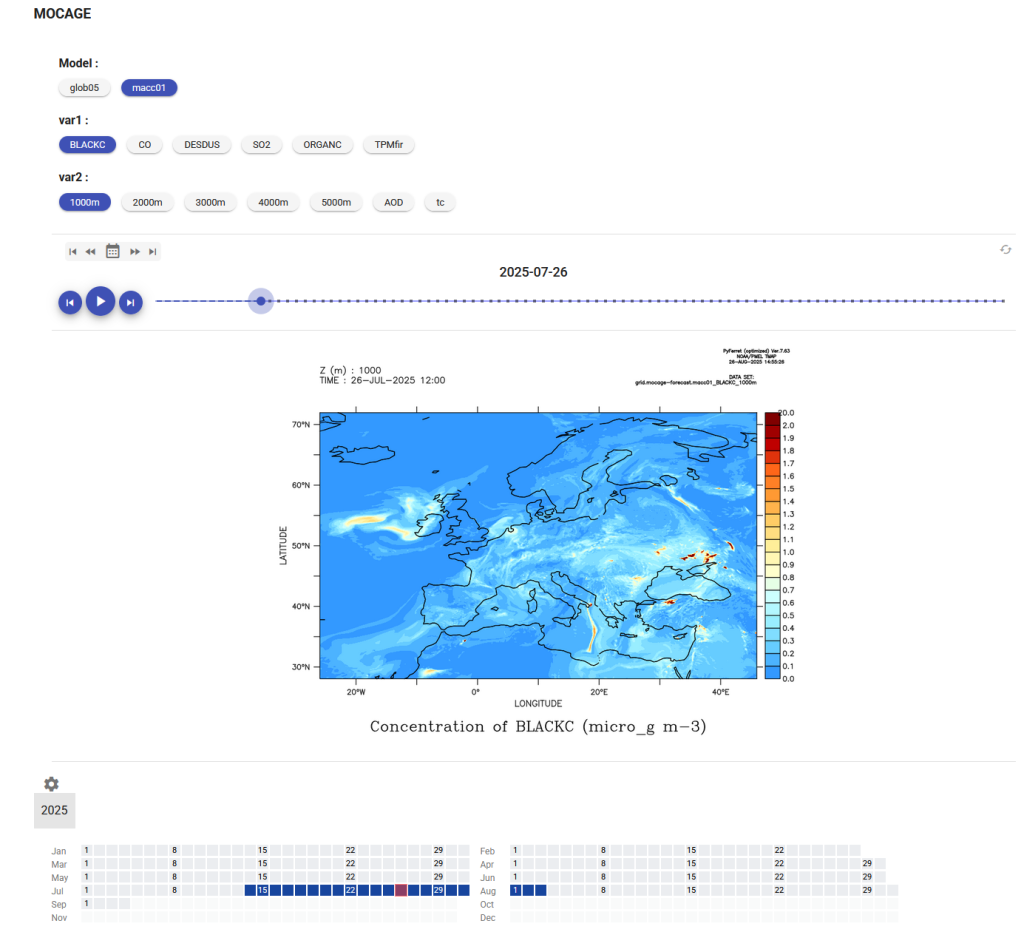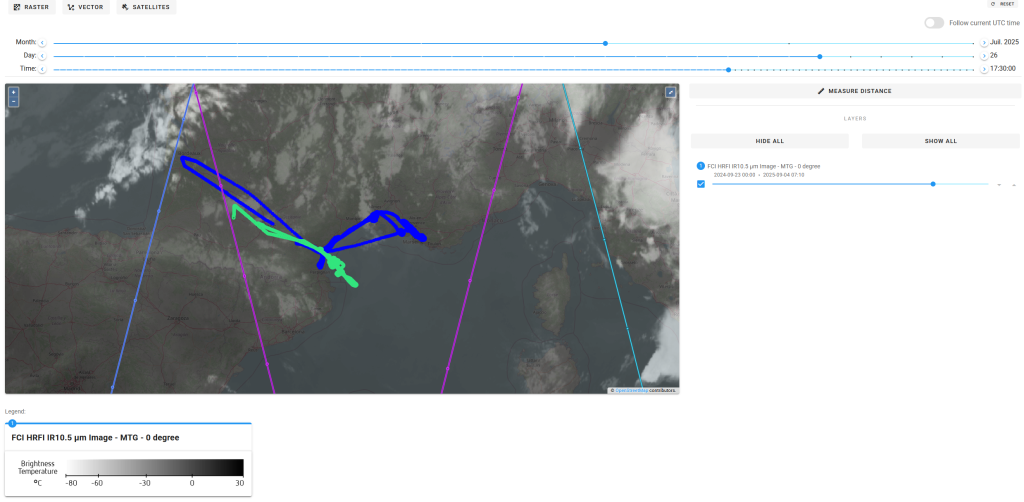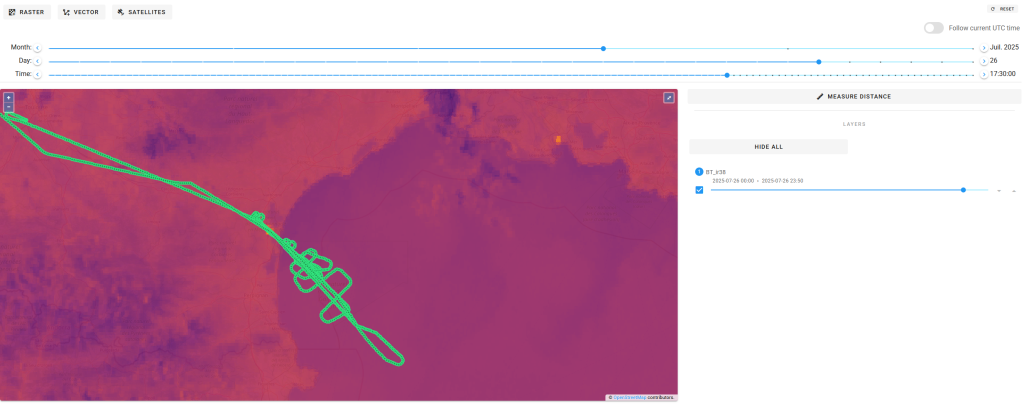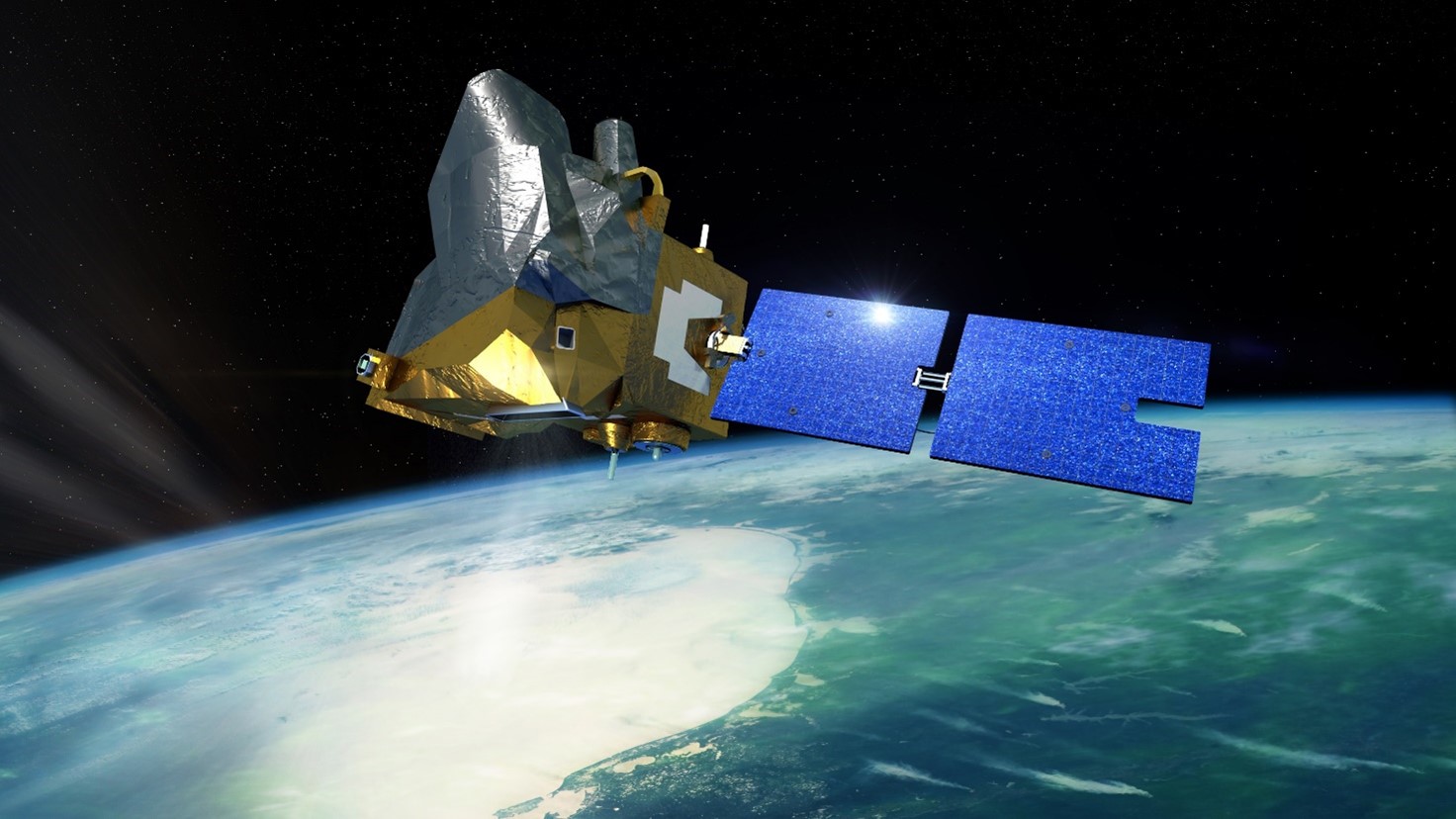The EUBURN research programme: A study of forest fires and vegetation in Europe
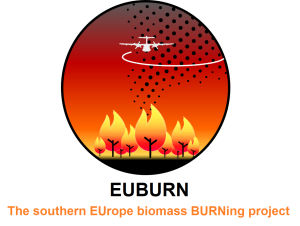
This summer saw the first campaign of the EUBURN research programme (The southern EUrope biomass BURNing project). Known as SILEX (Smoke from European Wildfire Experiment), it mobilised nearly two tonnes of scientific instruments installed on board a research aircraft to study forest fires in the south of France.
The aim is to better understand, monitor and anticipate the risks associated with these fires, but also to develop digital tools to predict their direct (ground spread) and indirect (air quality, climate change) impacts. This campaign also aims to test and calibrate satellite remote sensing algorithms used to characterise fires and atmospheric plumes.
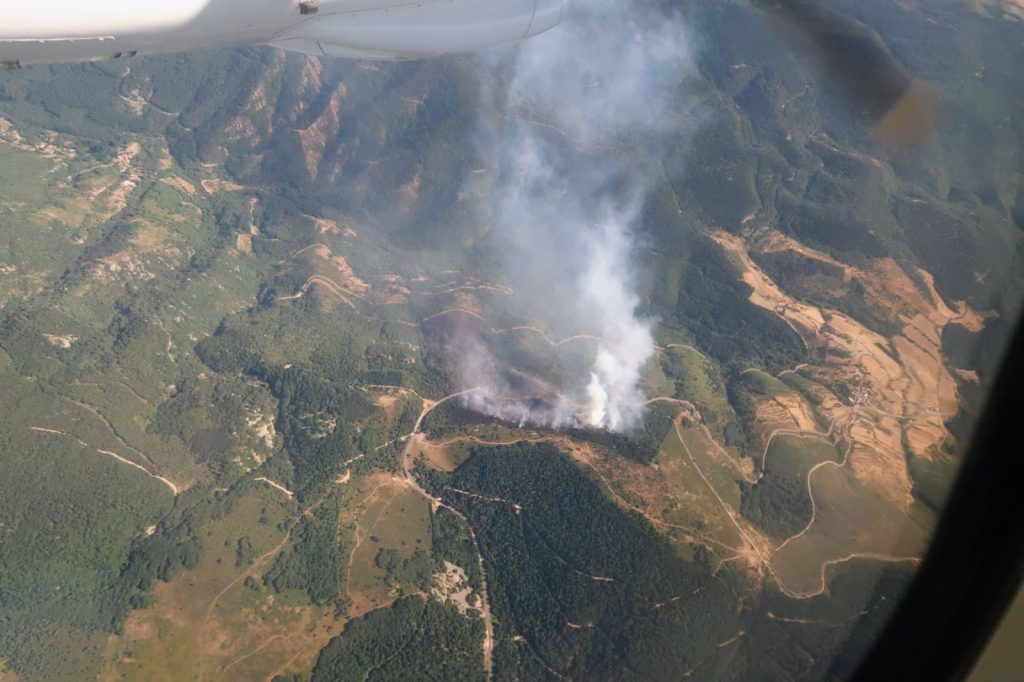
These initial observations are part of a series of four-year national and European projects coordinated by the National Centre for Meteorological Research, in collaboration with some thirty research institutes, meteorological centres and operational services involved in fire prevention and control, air quality management and biodiversity protection in Europe.
Between its first scientific flight on 15 July and its last on 3 August, the SAFIRE research aircraft has already collected unprecedented data on several European forest fires. Using its probes, cameras and measuring instruments, it was able to explore the characteristics of the fires and the plumes emitted into the atmosphere, both above the fire sites and in the gas and aerosol plumes.
Cyrielle Denjean, the project’s scientific manager, estimated that:
“The 10 flights carried out thus made it possible to obtain] the first measurements of the characteristics of fires in Europe and their plumes from the onset of their emissions to their regional transport. This required an enormous commitment on the part of staff from research laboratories, SAFIRE, AERIS and the DGAC’s Operations Directorate (DO) in order to be able to monitor and take action, arriving on site within four hours and flying in an extremely complex environment where a range of aerial firefighting and surveillance resources were in action around us! We also took advantage of this campaign to characterise the plumes from distant fires (Canadian, Portuguese and Spanish) that were present almost throughout the campaign in the free troposphere over France, sometimes at very high concentrations.
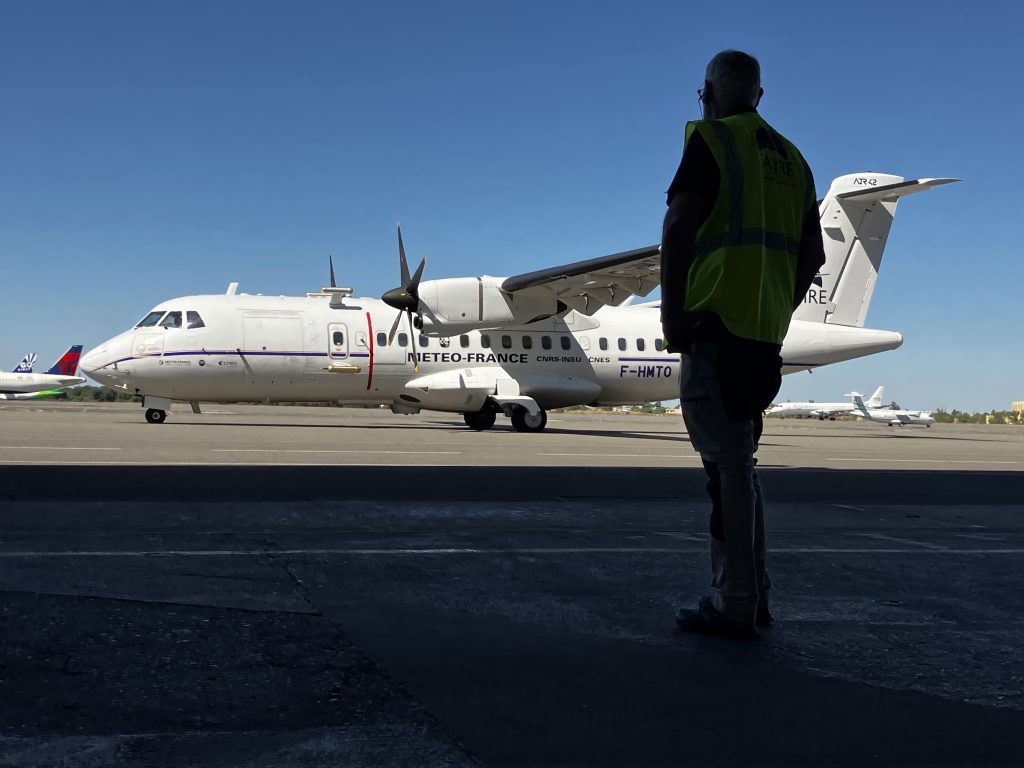
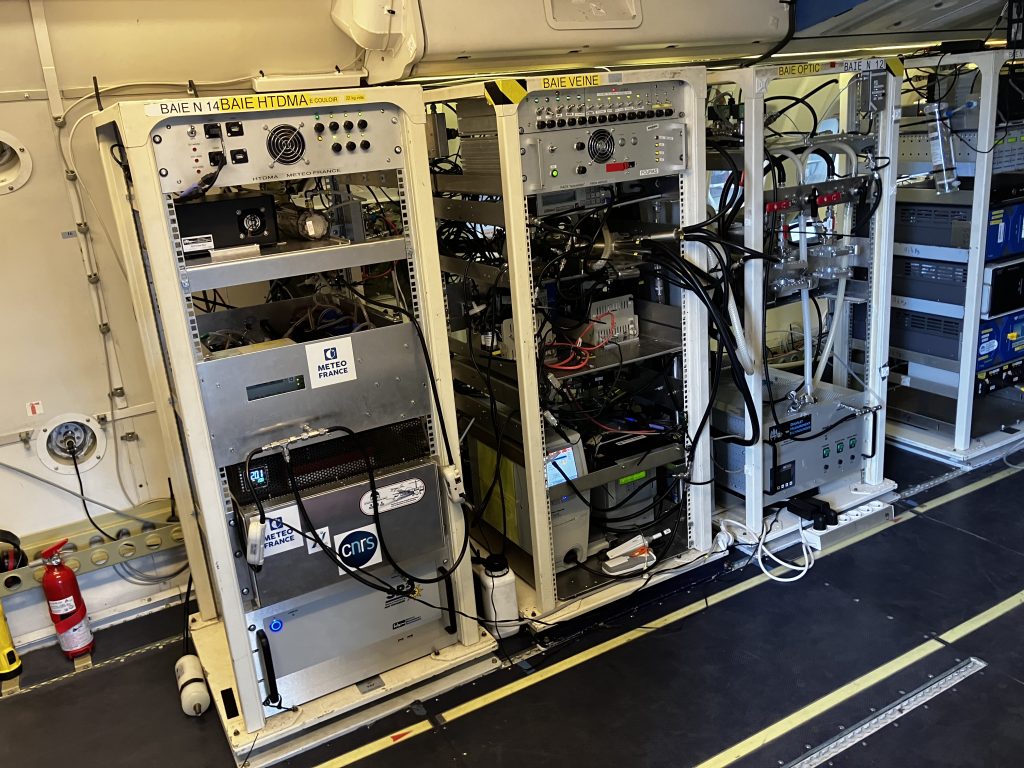
The IR DATA TERRA national centre for atmospheric research, AERIS, contributed to the success of this campaign through its campaign support service. The AERIS/SEDOO teams developed an operational website to assist scientists in their decision-making during the campaign (aircraft flight plan, requested satellite passes, etc.). This operational site allows scientists to manage input products and provides a preview of products (quick looks) and various heterogeneous data streams (WMS, GEOJSON, etc.). In addition, it allows for the storage of data acquired during the campaign. AERIS supports scientists in managing their data through a catalogue dedicated to the campaign. Finally, a website dedicated to the project has been created.
These campaign support tools are generic and can be reused in different campaigns and adapted to the different needs of scientists.
To benefit from such support, please submit your project to the AERIS Call for Projects!
